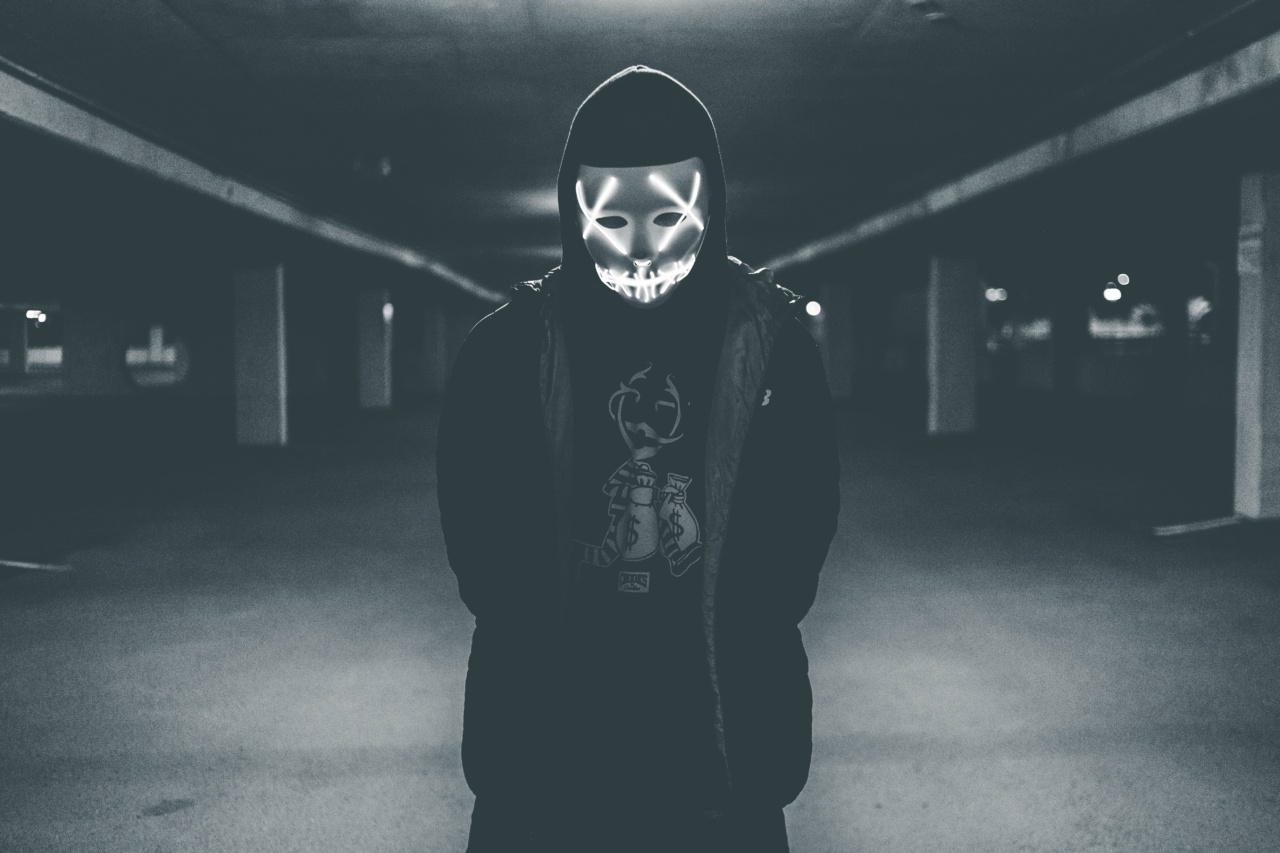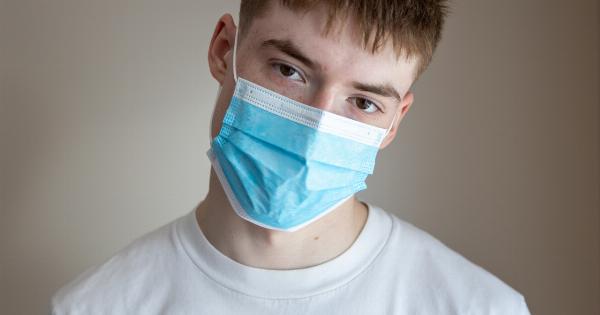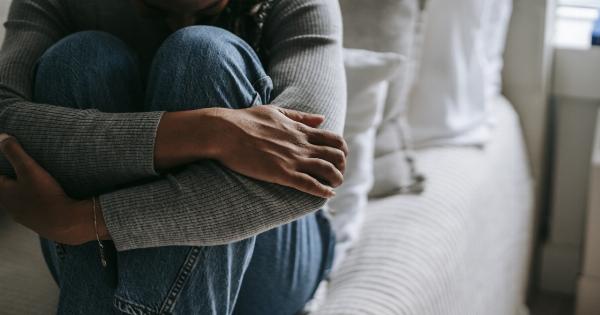The Ebola virus disease or simply called Ebola is a rare, fatal illness caused by the Ebola virus. It first appeared in 1976 in a remote village near the Ebola River, in what is now known as the Democratic Republic of Congo (DRC).
Since then, there have been several outbreaks of the disease, with the largest and deadliest occurring in West Africa from 2013 to 2016.
What is Ebola?
Ebola is a viral hemorrhagic fever that can cause severe bleeding, organ failure, and ultimately, death. The virus is transmitted to people from wild animals and spreads through human-to-human transmission.
It can be contracted through contact with bodily fluids, such as blood, vomit, or feces, of a person infected with the virus. It can also be contracted through contact with contaminated surfaces or objects.
Symptoms of Ebola
Early symptoms of Ebola are flu-like, including fever, headache, muscle pain, and weakness. As the disease progresses, symptoms become more severe, including vomiting, diarrhea, and internal and external bleeding.
In some cases, death can occur within just a few days of infection.
Deadly Outbreaks of Ebola
Since the first outbreak of Ebola in 1976, there have been several deadly outbreaks of the disease. The most recent outbreak occurred in West Africa from 2013 to 2016, which is considered the largest and deadliest in history.
This outbreak resulted in more than 28,000 cases and more than 11,000 deaths in Guinea, Liberia, and Sierra Leone.
Impact of Ebola Outbreaks
Ebola outbreaks not only cause a significant loss of life, but they can also have a devastating impact on economies and societies.
The 2013-2016 West Africa outbreak had a significant impact on the region, causing a 30% decrease in GDP in affected countries and disrupting social and political systems.
Prevention and Treatment of Ebola
There is currently no specific treatment or vaccine available for Ebola. However, supportive care, which includes maintaining fluids and electrolyte balance and treating complications, can improve patient outcomes.
To prevent the spread of Ebola, it is essential to practice good hand hygiene, avoid contact with infected individuals or their bodily fluids, and properly disinfect surfaces and objects.
Visualizing the Effect of Ebola in Pictures
Images can have a significant impact on how we understand and remember events. The following pictures show the effect of Ebola on individuals, communities, and healthcare systems.
Picture 1: The Devastating Reality of Ebola
The picture below captures the devastating reality of Ebola. In 2014, one year into the Ebola outbreak, a health worker in Liberia cradles a child suspected of having Ebola.
The disease has a profound impact on healthcare workers, who are at an increased risk of contracting the virus due to their close contact with infected individuals.

Picture 2: Disinfecting an Ebola Treatment Center
The picture below shows workers disinfecting an Ebola treatment center in Sierra Leone. Proper disinfection is essential to prevent the spread of the virus.
It is critical to clean and disinfect all surfaces and objects that may have come into contact with an infected individual.

Picture 3: Narrowing the Generation Gap in Ebola
The picture below shows a child and an elderly woman holding hands during a community campaign against Ebola in Sierra Leone.
Children and older adults are particularly vulnerable to Ebola, but they can also play an essential role in preventing the spread of the virus by practicing good hygiene and avoiding contact with infected individuals.

Picture 4: Ebola Survivors
The picture below shows two Ebola survivors in a recovery center in Sierra Leone. Survivors face significant physical and mental challenges during their recovery, including stigma and discrimination.
Many survivors continue to experience health problems, such as joint pain, vision problems, and fatigue, long after their recovery.

Picture 5: Healthcare Workers at Risk
The picture below shows a healthcare worker in Sierra Leone wearing protective gear while caring for an Ebola patient.
Healthcare workers face a significant risk of infection due to their close contact with infected individuals and exposure to bodily fluids. Many healthcare workers have died during the Ebola outbreaks.

Picture 6: Building Ebola Treatment Centers
The picture below shows workers building an Ebola treatment center in Liberia. The construction of treatment centers is essential to contain the spread of the virus and provide care for infected individuals.
Treatment centers must be properly equipped with the necessary supplies and equipment to protect healthcare workers and provide supportive care to patients.

Picture 7: Burying Ebola Victims
The picture below shows a burial team in Sierra Leone preparing to bury an Ebola victim. Proper burial practices are essential to prevent the spread of the virus.
It is critical to avoid direct contact with the body or bodily fluids of an Ebola victim and to ensure that the body is properly disinfected and buried.

Picture 8: Impact on Children
The picture below shows a child in Liberia holding a sign that reads ‘No More Ebola.’ Children are often heavily impacted by Ebola outbreaks, with many losing family members and experiencing significant disruptions to their education and daily life.

Picture 9: Persisting Pain of Ebola Survivors
The picture below shows a survivor of the 2014-2016 Ebola outbreak in West Africa experiencing joint pain and stiffness.
Many Ebola survivors continue to experience health problems long after their recovery, including joint pain, vision problems, and fatigue.

Picture 10: Community Response to Ebola
The picture below shows a community in Sierra Leone coming together to prevent the spread of Ebola. Community engagement and education are essential to preventing the spread of the virus.
It is critical to provide accurate information about the disease and how to prevent it, as well as to promote cultural sensitivity and understanding.




























